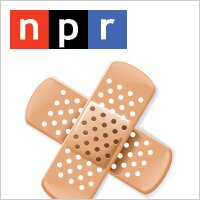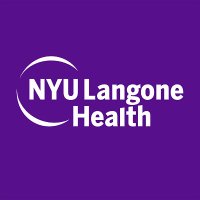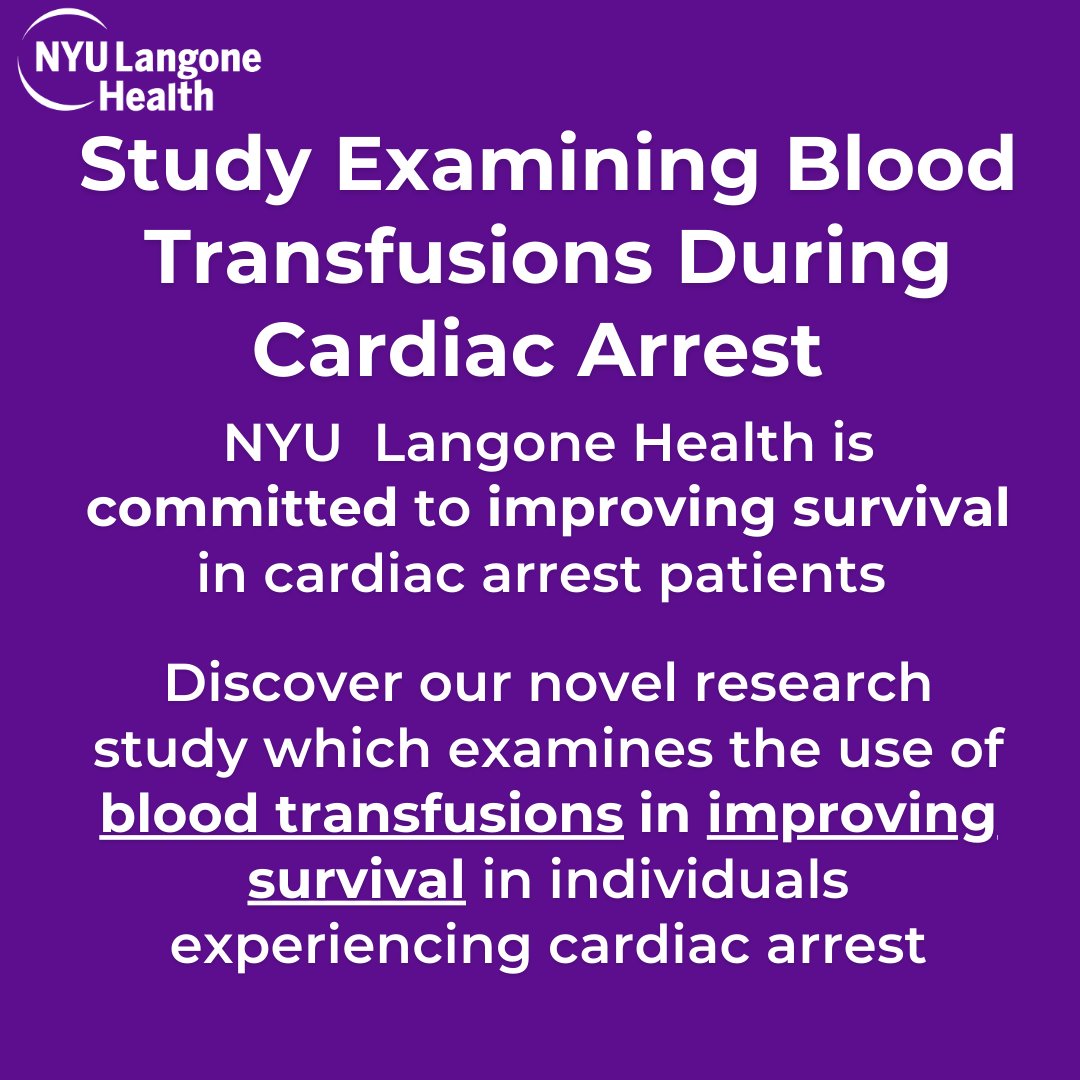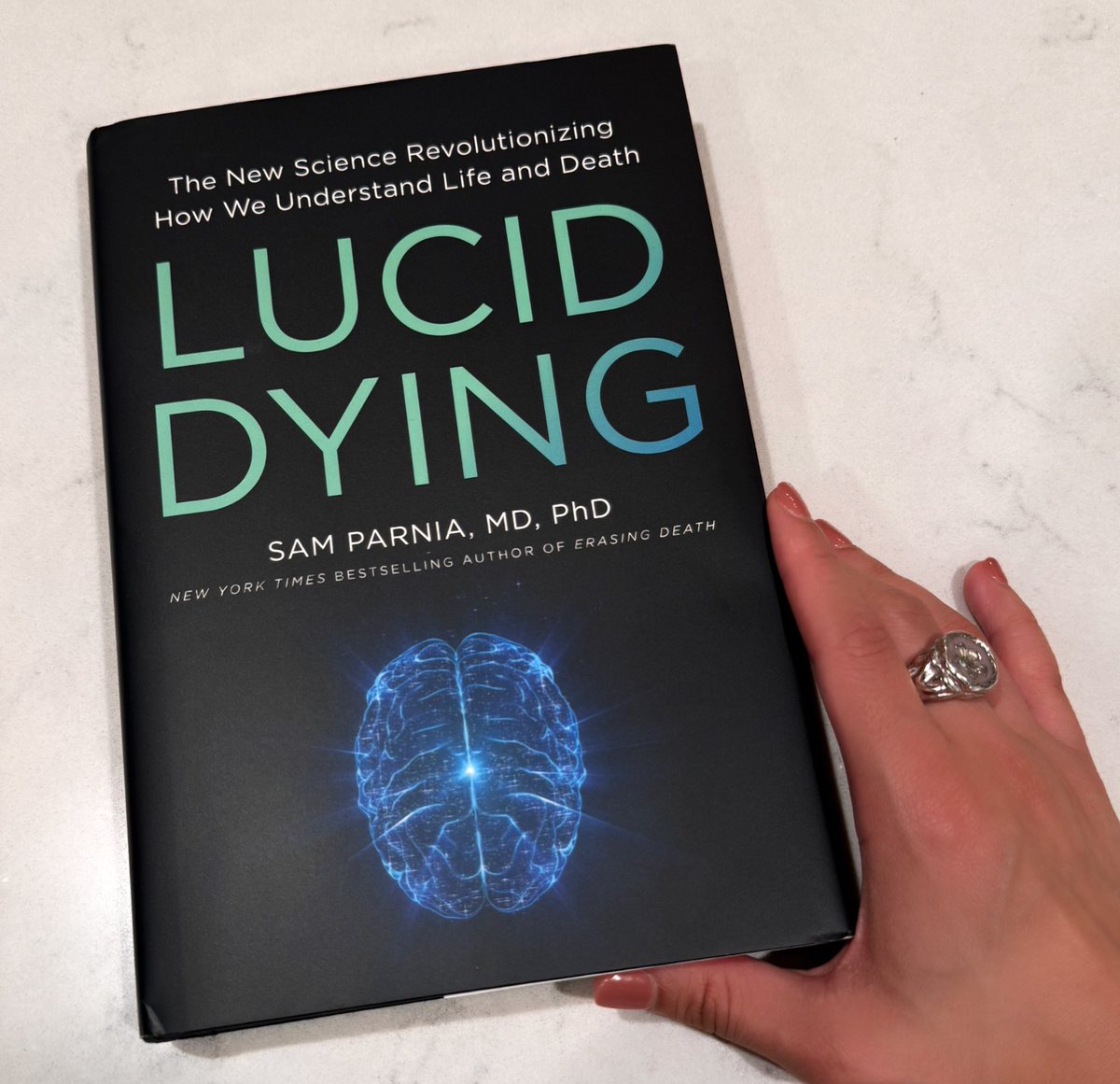
Parnia Lab
@nyugsom_ccrs
The Critical Care and Resuscitation Science Research Group at NYU Langone
ID: 1458457424873107459
https://www.youtube.com/@parnialab 10-11-2021 15:32:36
63 Tweet
444 Takipçi
108 Takip Edilen






AWARE-II Study findings were presented at the American Heart Association Resuscitation Science Symposium this past weekend! See press release: nyulangone.org/news/lucid-dyi…




New evidence in Resuscitation indicates patients recall #deathexperiences after #cardiacarrest. For the first time brain monitors are used to identify markers of consciousness and mental activity. Read more spkl.io/60134lUrf ERC - European Resuscitation Council










